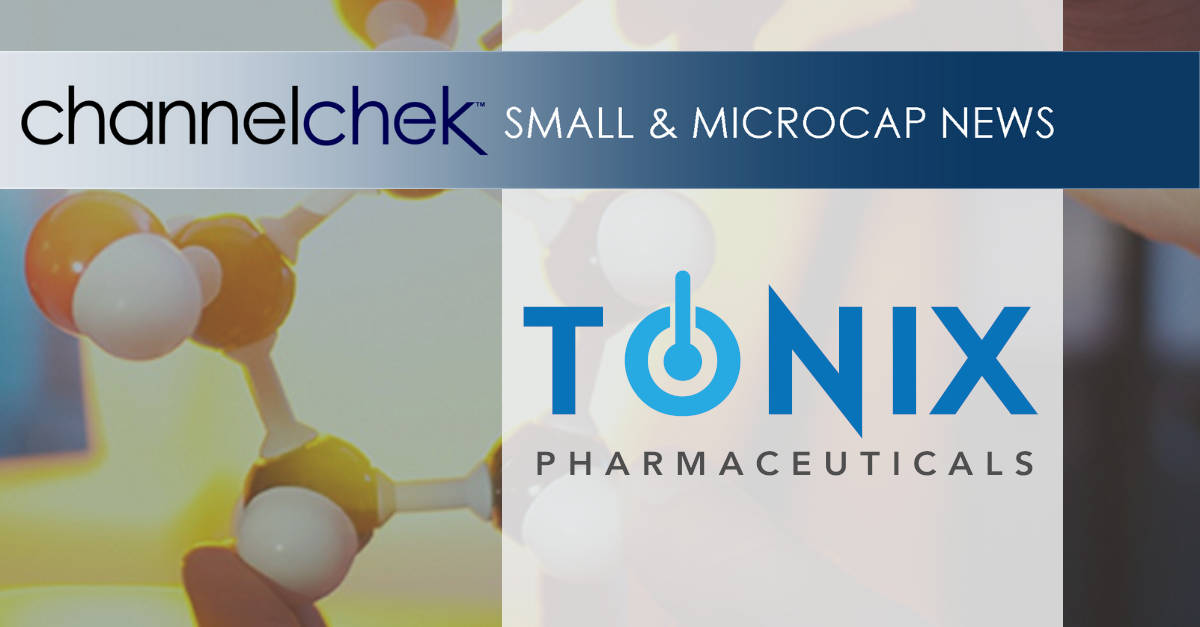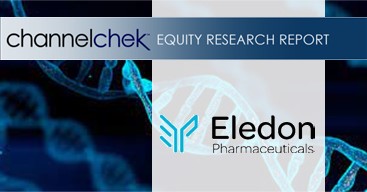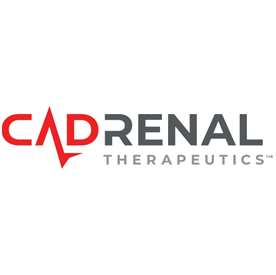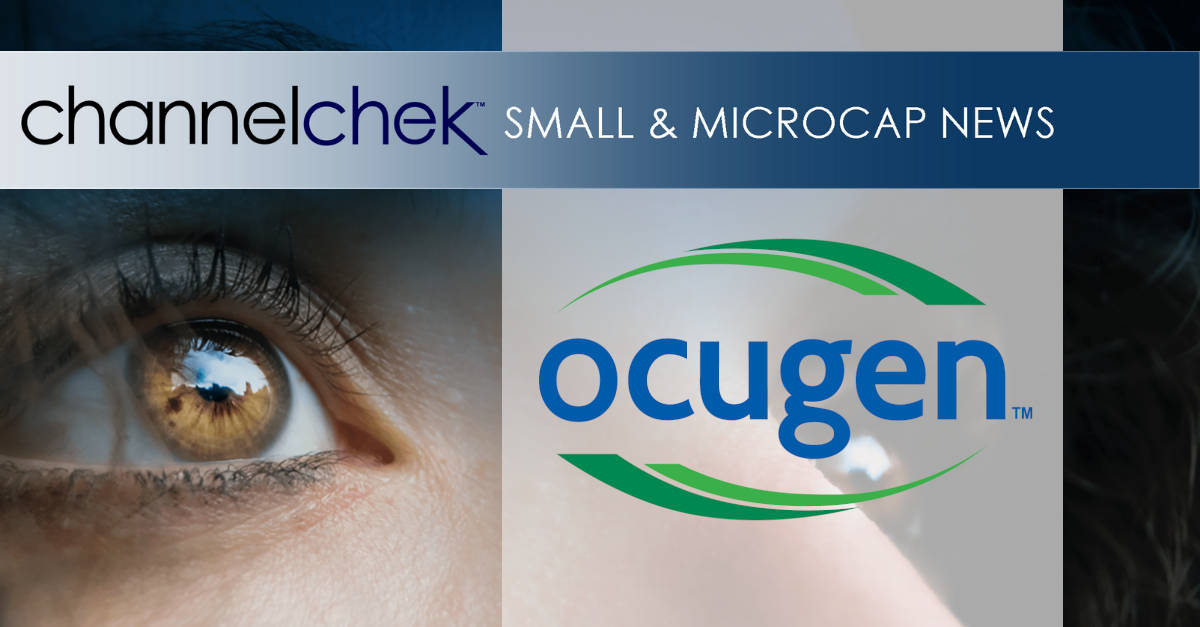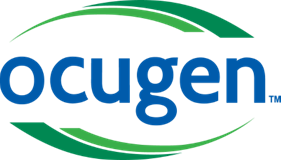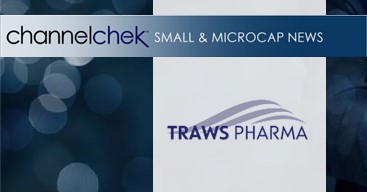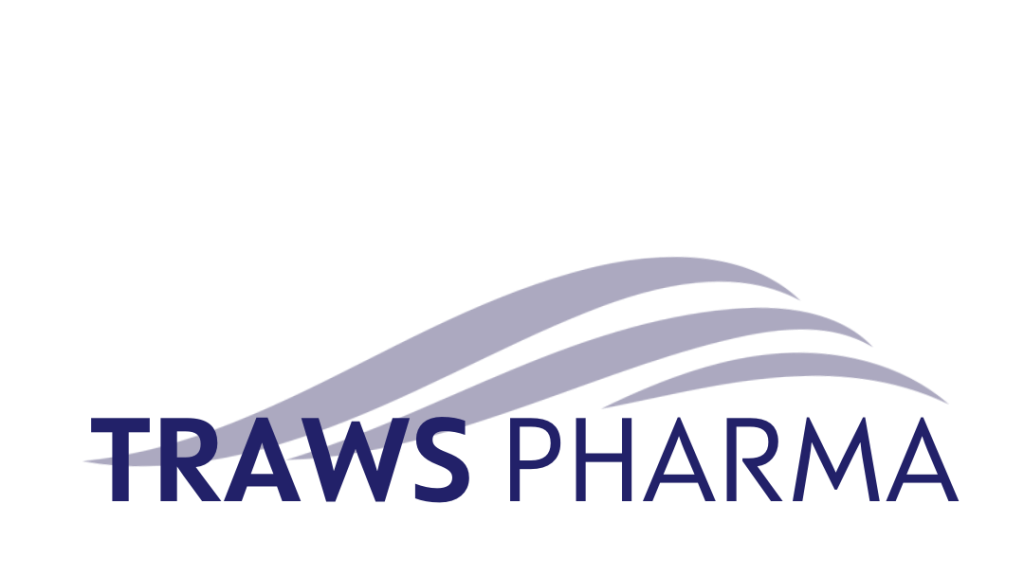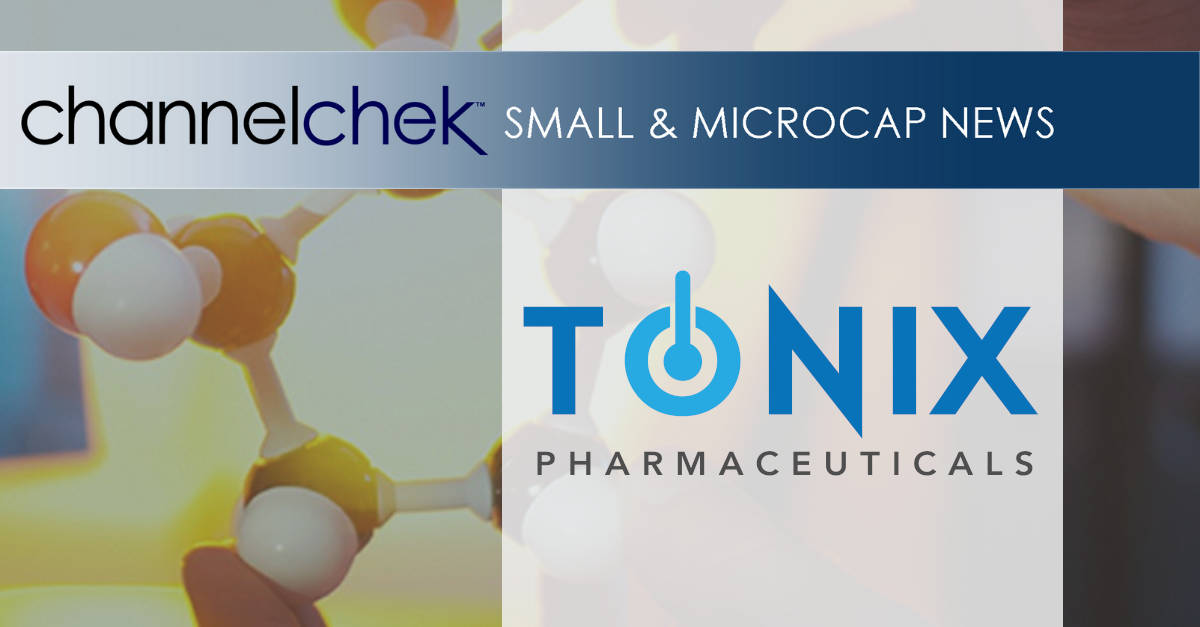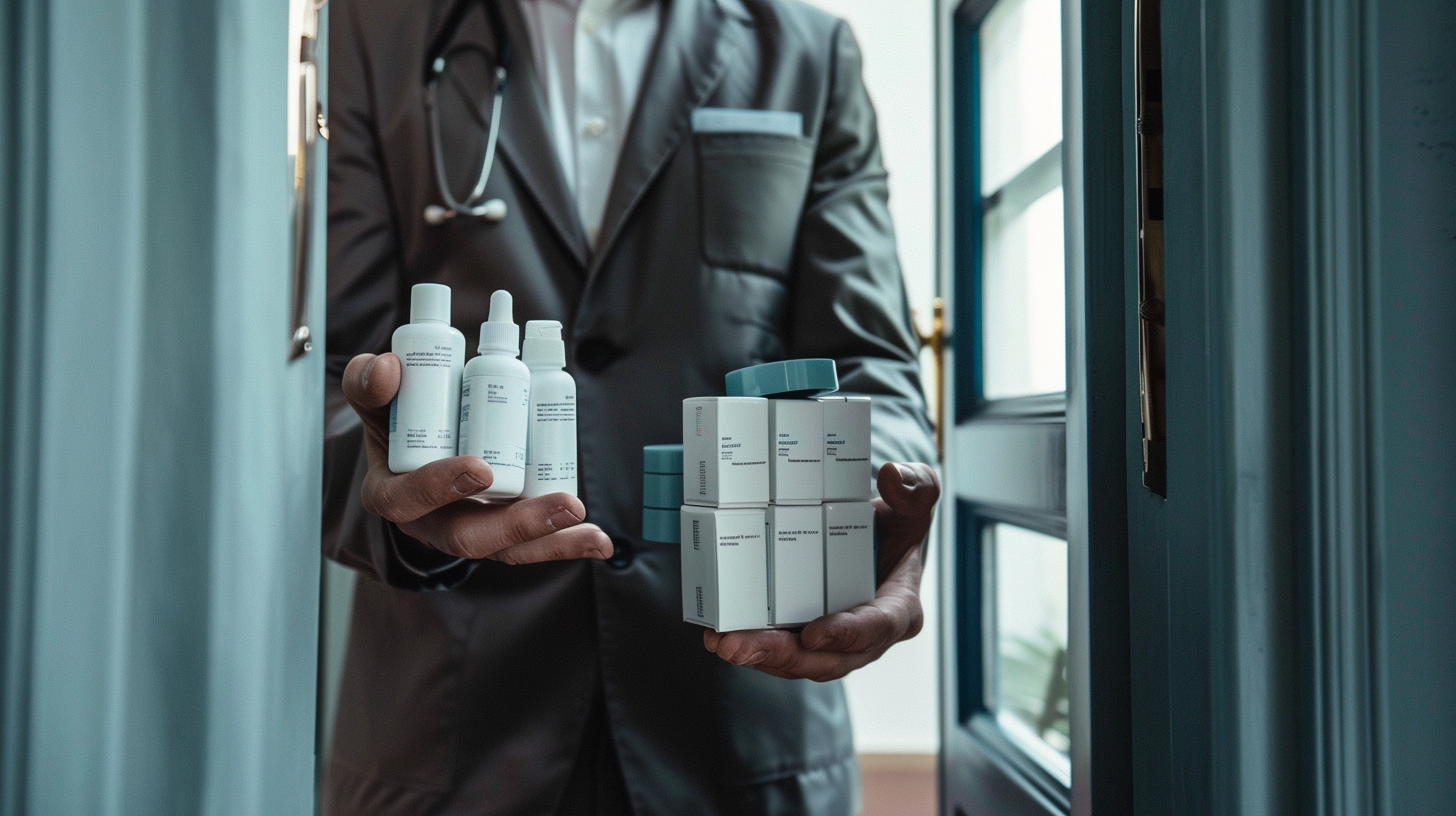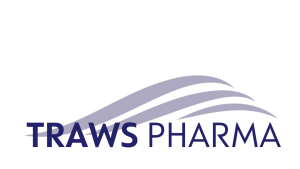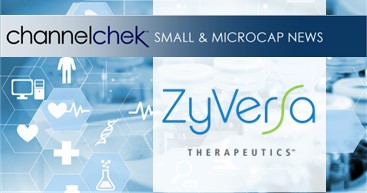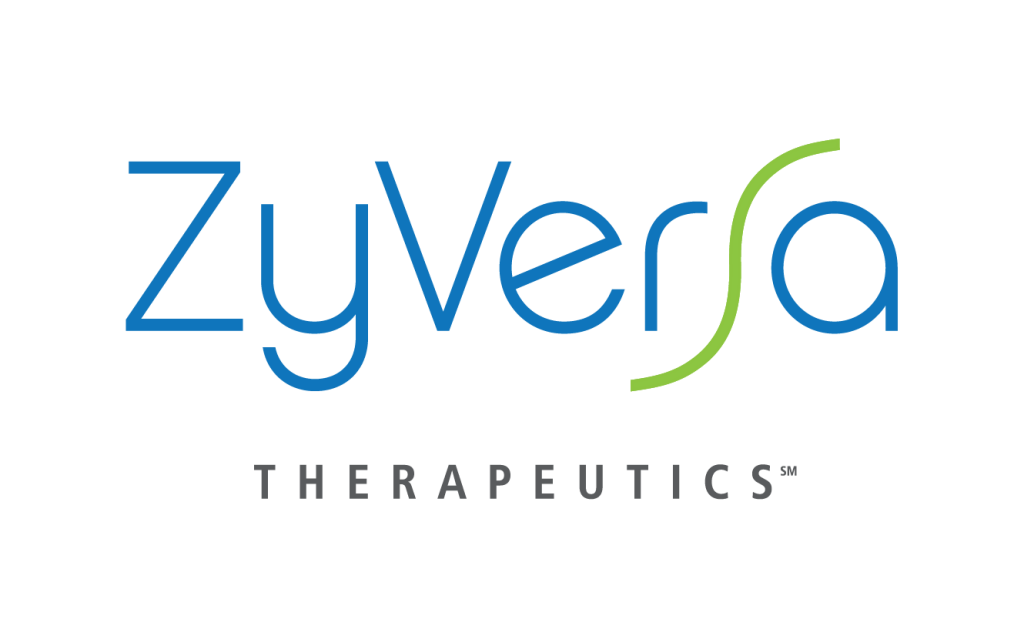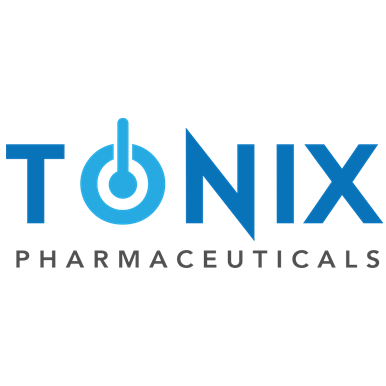
Research News and Market Data on TNXP
June 06, 2024 8:00am EDTDownload as PDF
TNX-1500 displays potential as a monotherapy or combination therapy to prevent rejection in organ transplantation in allograft and xenograft animal models
Research Directed by Faculty of the Center for Transplantation Sciences, Massachusetts General Hospital
Transplantation is also believed to be a model for treating autoimmunity
CHATHAM, N.J., June 06, 2024 (GLOBE NEWSWIRE) — Tonix Pharmaceuticals Holding Corp. (Nasdaq: TNXP) (Tonix or the Company), a fully-integrated biopharmaceutical company with marketed products and a pipeline of development candidates, announces two oral presentations and a poster presentation at the American Transplant Congress 2024, held June 1-5, 2024 at the Pennsylvania Convention Center, Philadelphia, Pa. A copy of the oral and poster presentation is available under the Scientific Presentations tab of the Tonix website at www.tonixpharma.com.
“We remain encouraged by the potential of our TNX-1500, Fc-modified humanized anti-CD40L monoclonal antibody therapy for the prevention of rejection in solid organ transplantation,” said Seth Lederman, M.D., Chief Executive Officer of Tonix Pharmaceuticals. “Despite advancements in the field of solid organ transplantation, there remains a significant need for new treatments with improved activity and tolerability. Several lines of research indicate that anti-CD40L therapy may improve outcomes for allograft acceptance, and that anti-CD40L therapy may be required for long term xenograft acceptance. We are excited about the broad potential of TNX-1500, on the prevention of allograft and xenograft rejection and also for the treatment of autoimmune diseases like systemic lupus erythematosus and Sjögren’s Syndrome.”
In the oral presentation titled, “Combined Blockade of the CD154 and CD28 Co-Stimulation Pathways Attenuates Pathogenic Alloimmunity and Prolongs Survival in Cynomolgus Cardiac Allografts”, by Kinoshita, K. et al., data demonstrated that the combined use of TNX-1500 and anti-CD28 monoclonal antibody, VEL-101 is associated with durable protection and graft survival and function in a nonhuman primate model.
In the oral presentation titled, “Extended Survival of 9- and 10-Gene-Edited Pig Heart Xenografts with Ischemia Minimization and CD154 Costimulation Blockade-Based Immunosuppression”, Sanatkar, A. et al., data demonstrated that TNX-1500 has promise to prevent rejection of 9-, or 10-gene-edited (GE) pig hearts.1,2
The poster presentation titled, “Experience with a Novel Delayed Immune Tolerance Protocol in Nonhuman Primates Based on Anti-CD154, Anti-CD2, and Anti-CD28”, by Ileka, I. evaluated whether a modified protocol based on targeting CD28 and CD2 promotes expansion of peripheral regulatory T-cells and is sufficient to promote heart allograft acceptance.
In February 2024, Tonix announced completion of the clinical stage of its Phase 1 single ascending dose study of TNX-1500 in healthy volunteers. The primary objectives of the study are to assess the safety, tolerability, pharmacokinetics and pharmacodynamics of intravenous TNX-1500. This first-in-human study is intended to support dosing in a planned Phase 2 trial in kidney transplant recipients.
About TNX-1500
TNX-1500 (Fc-modified humanized anti-CD40L mAb) is a humanized monoclonal antibody that binds and blocks the CD40-ligand (CD40L), also known as CD154. TNX-1500 is being developed for the prevention of allograft and xenograft rejection, for the prevention of graft-versus-host disease (GvHD) after hematopoietic stem cell transplantation (HCT) and for the treatment of autoimmune diseases. A first-in-human Phase 1 trial of TNX-1500 has completed the clinical phase. The primary objective of the Phase 1 trial is to assess the safety, tolerability, PK, and pharmacodynamics of intravenous (i.v.) TNX-1500. Eligible participants enrolled in the Phase 1 trial were distributed across three dosing cohorts (3 mg/kg, 10 mg/kg, and 30 mg/kg, respectively) and evaluated regularly over a 120-day period after dosing. The Phase 1 trial is intended to support dosing in a planned Phase 2 trial in kidney transplant recipients. Two published articles in the American Journal of Transplantation demonstrate TNX-1500 prevents rejection, prolongs survival and preserves graft function as a single agent or in combination with other drugs in non-human primate renal and heart allografts. 3,4
- Revivicor 9-GE pigs: GalKO.β4GalNT2KO.GHRKO.hCD46.hCD55.hTBM.hEPCR.hCD47.hHO-1
- Revivicor 10-GE pigs: GalKO.β4GalNT2KO.CMAHKO.GHRKO.hCD46.CD55.hTBM.hEPCR.hCD47.hHO-1.
- Lassiter G., et al. Am J Transplantation. 2023. https://doi.org/10.1016/j.ajt.2023.03.022
- Miura S., et al. Am J Transplantation. 2023. https://doi.org/10.1016/j.ajt.2023.03.025
Tonix Pharmaceuticals Holding Corp.*
Tonix is a fully-integrated biopharmaceutical company focused on developing, licensing and commercializing therapeutics to treat and prevent human disease and alleviate suffering. Tonix’s development portfolio is focused on central nervous system (CNS) disorders. Tonix’s priority is to submit a New Drug Application (NDA) to the FDA in the second half of 2024 for Tonmya1, a product candidate for which two statistically significant Phase 3 studies have been completed for the management of fibromyalgia. TNX-102 SL is also being developed to treat acute stress reaction as well as fibromyalgia-type Long COVID. Tonix’s CNS portfolio includes TNX-1300 (cocaine esterase), a biologic designed to treat cocaine intoxication that has Breakthrough Therapy designation. Tonix’s immunology development portfolio consists of biologics to address organ transplant rejection, autoimmunity and cancer, including TNX-1500, which is a humanized monoclonal antibody targeting CD40-ligand (CD40L or CD154) being developed for the prevention of allograft rejection and for the treatment of autoimmune diseases. Tonix also has product candidates in development in the areas of rare disease and infectious disease. Tonix Medicines, our commercial subsidiary, markets Zembrace® SymTouch® (sumatriptan injection) 3 mg and Tosymra® (sumatriptan nasal spray) 10 mg for the treatment of acute migraine with or without aura in adults.
*Tonix’s product development candidates are investigational new drugs or biologics and have not been approved for any indication.
1Tonmya™ is conditionally accepted by the U.S. Food and Drug Administration (FDA) as the tradename for TNX-102 SL for the management of fibromyalgia. Tonmya has not been approved for any indication.
Zembrace SymTouch and Tosymra are registered trademarks of Tonix Medicines. All other marks are property of their respective owners.
This press release and further information about Tonix can be found at www.tonixpharma.com.
Forward Looking Statements
Certain statements in this press release are forward-looking within the meaning of the Private Securities Litigation Reform Act of 1995. These statements may be identified by the use of forward-looking words such as “anticipate,” “believe,” “forecast,” “estimate,” “expect,” and “intend,” among others. These forward-looking statements are based on Tonix’s current expectations and actual results could differ materially. There are a number of factors that could cause actual events to differ materially from those indicated by such forward-looking statements. These factors include, but are not limited to, risks related to the failure to obtain FDA clearances or approvals and noncompliance with FDA regulations; risks related to the failure to successfully market any of our products; risks related to the timing and progress of clinical development of our product candidates; our need for additional financing; uncertainties of patent protection and litigation; uncertainties of government or third party payor reimbursement; limited research and development efforts and dependence upon third parties; and substantial competition. As with any pharmaceutical under development, there are significant risks in the development, regulatory approval and commercialization of new products. Tonix does not undertake an obligation to update or revise any forward-looking statement. Investors should read the risk factors set forth in the Annual Report on Form 10-K for the year ended December 31, 2023, as filed with the Securities and Exchange Commission (the “SEC”) on April 1, 2024, and periodic reports filed with the SEC on or after the date thereof. All of Tonix’s forward-looking statements are expressly qualified by all such risk factors and other cautionary statements. The information set forth herein speaks only as of the date thereof.
Investor Contact
Jessica Morris
Tonix Pharmaceuticals
investor.relations@tonixpharma.com
(862) 904-8182
Peter Vozzo
ICR Westwicke
peter.vozzo@westwicke.com
(443) 213-0505
Media Contact
Katie Dodge
LaVoieHealthScience
kdodge@lavoiehealthscience.com
(978) 360-3151
Source: Tonix Pharmaceuticals Holding Corp.
Released June 6, 2024
